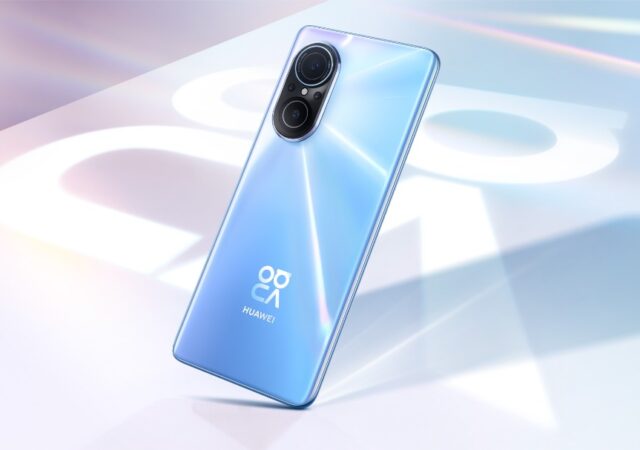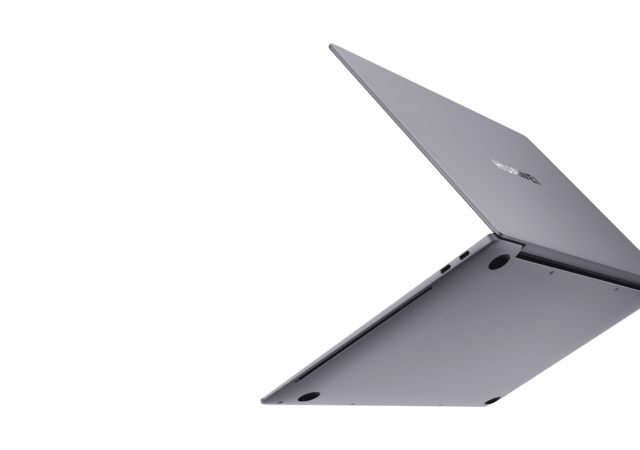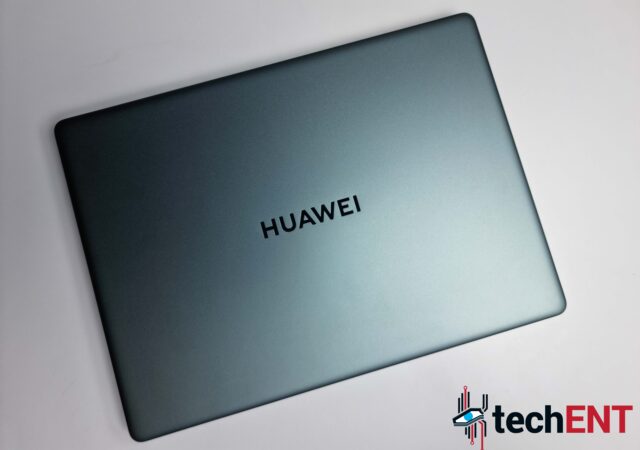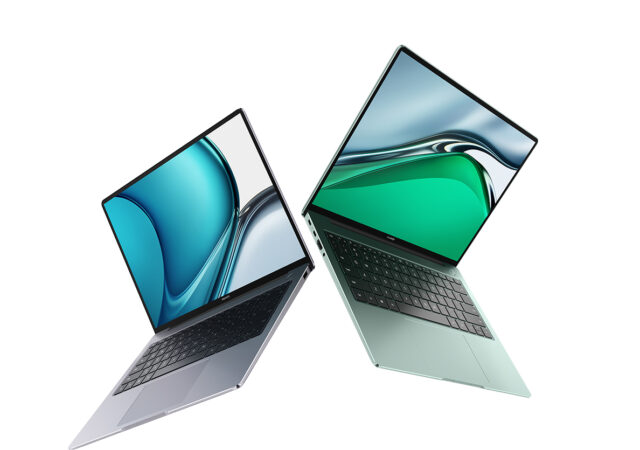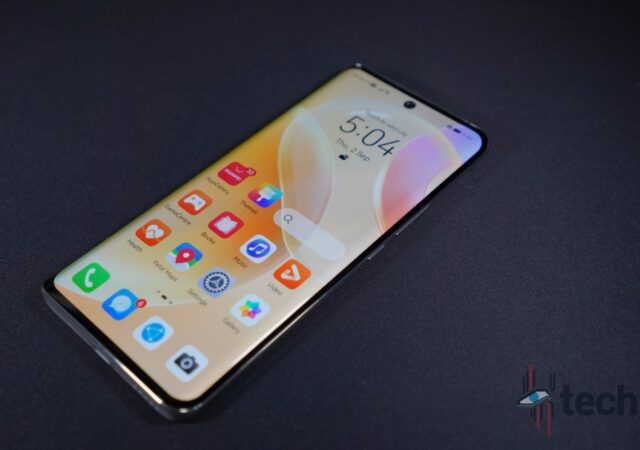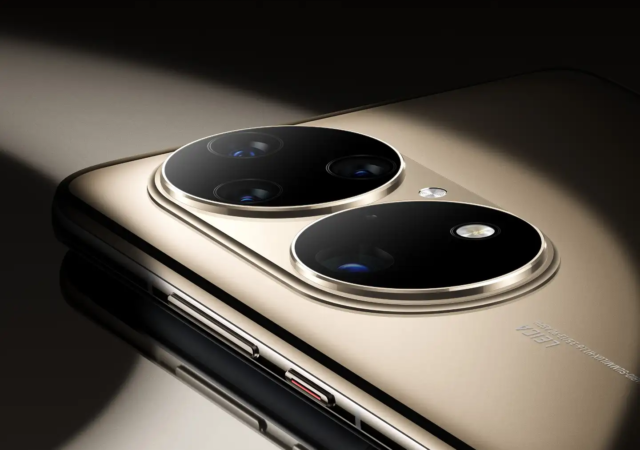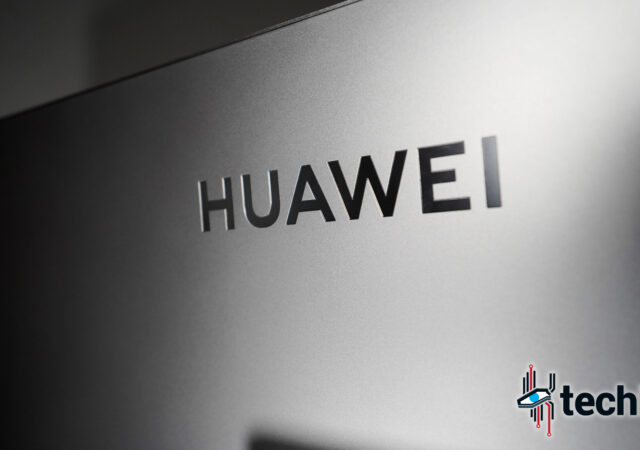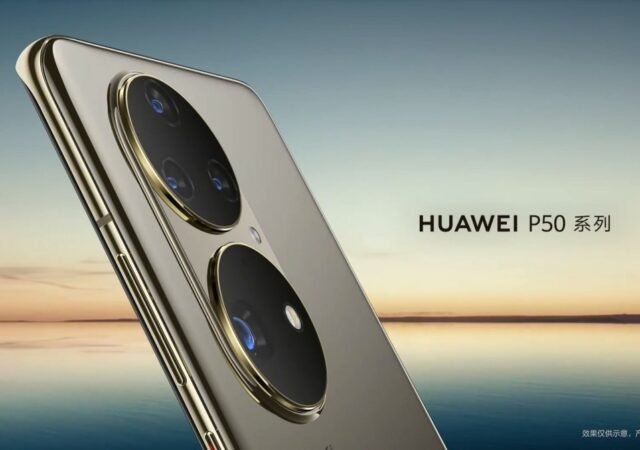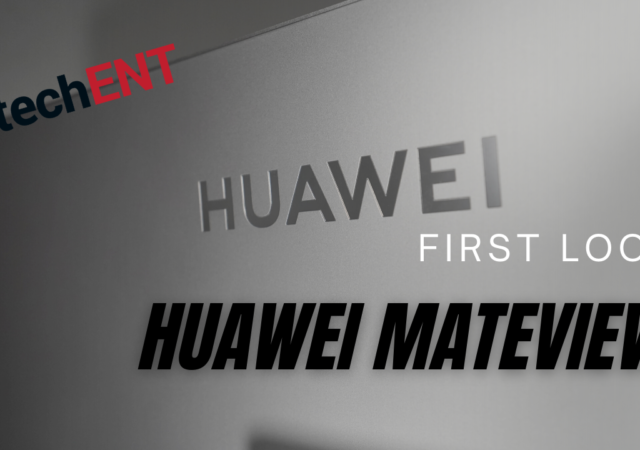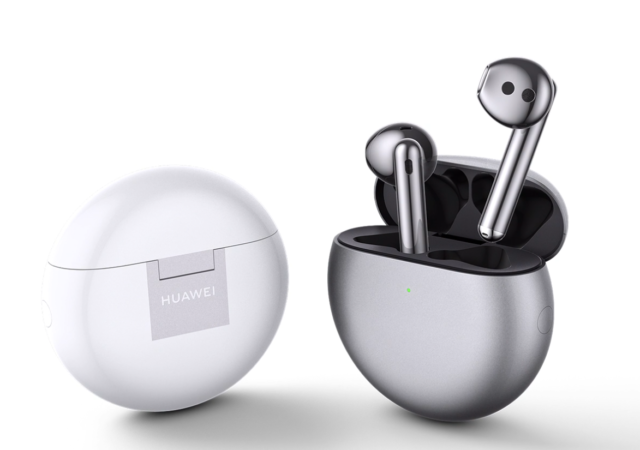HUAWEI Malaysia releases the nova 9 SE into the wild. The mid-ranger packs a powerful 108MP camera at MYR 1,099.
[MWC 2022] HUAWEI Brings the Latest Flagship MateBook X Pro and Super Device to the Game
HUAWEI announces their flagship MateBook X Pro in MWC 2022. The new MateBook flagship also comes with something called the Super Device.
HUAWEI MateBook 14S In-Depth Review – Just a Shiny 2.5K Display? Not quite.
We had the chance to test out the HUAWEI MateBook 14S. At MYR 4,999, it may not sound like the bargain of the century. Is it any good though?
HUAWEI MateBook 14s Launches in Malaysia from MYR 4,999 – HUAWEI Says It Is the New Way to Work
HUAWEI has launched their new laptop for work, the MateBook 14s with Intel’s latest 11th generation Core CPUs for MYr 4,999 onward.
HUAWEI Nova 8 In-Depth Review – Just Shy of a SuperNova
HUAWEI’s MYR 1,899 Nova 8 is supposed to offer a robust smartphone experience that rivals flagships. Does it deliver though?
The HUAWEI P50 Series Has Launched Quietly, here is What You Need to Know
HUAWEI launches their P50 series with very little fanfare last week. The new devices comes with Qualcomm’s Snapdragon 888 4G platform.
The HUAWEI MateView In-Depth Review – Brilliant, With Some Caveats
HUAWEI’s MateView 4K+ display is an interesting product. We want to say that we like the MYR 2,988 display, but at the same time there are things we do not quite like or understand about it.
The HUAWEI P50 Has a Launch Date – Stay Tuned on 29 July 2021
HUAWEI’s Richard Yu confirms that the HUAWEI P50 will launch on 29 July 2021 with “new mobile imaging technology”.
First Look at the HUAWEI MateView – 4K DCI-P3 Goodness in a Tight Package; Yes!
HUAWEI launches their premium 4K+ UHD display, the HUAWEI MateView. The new 28.2-inch HDR display also boasts 98% DCI-P3 colours at MYR 2,988
HUAWEI Launches the FreeBuds 4, Available for Pre-Order Now for MYR 599
HUAWEI launches the FreeBuds 4 ANC enabled TWS earbuds in Malaysia. Available for pre-order now for MYR 599.



